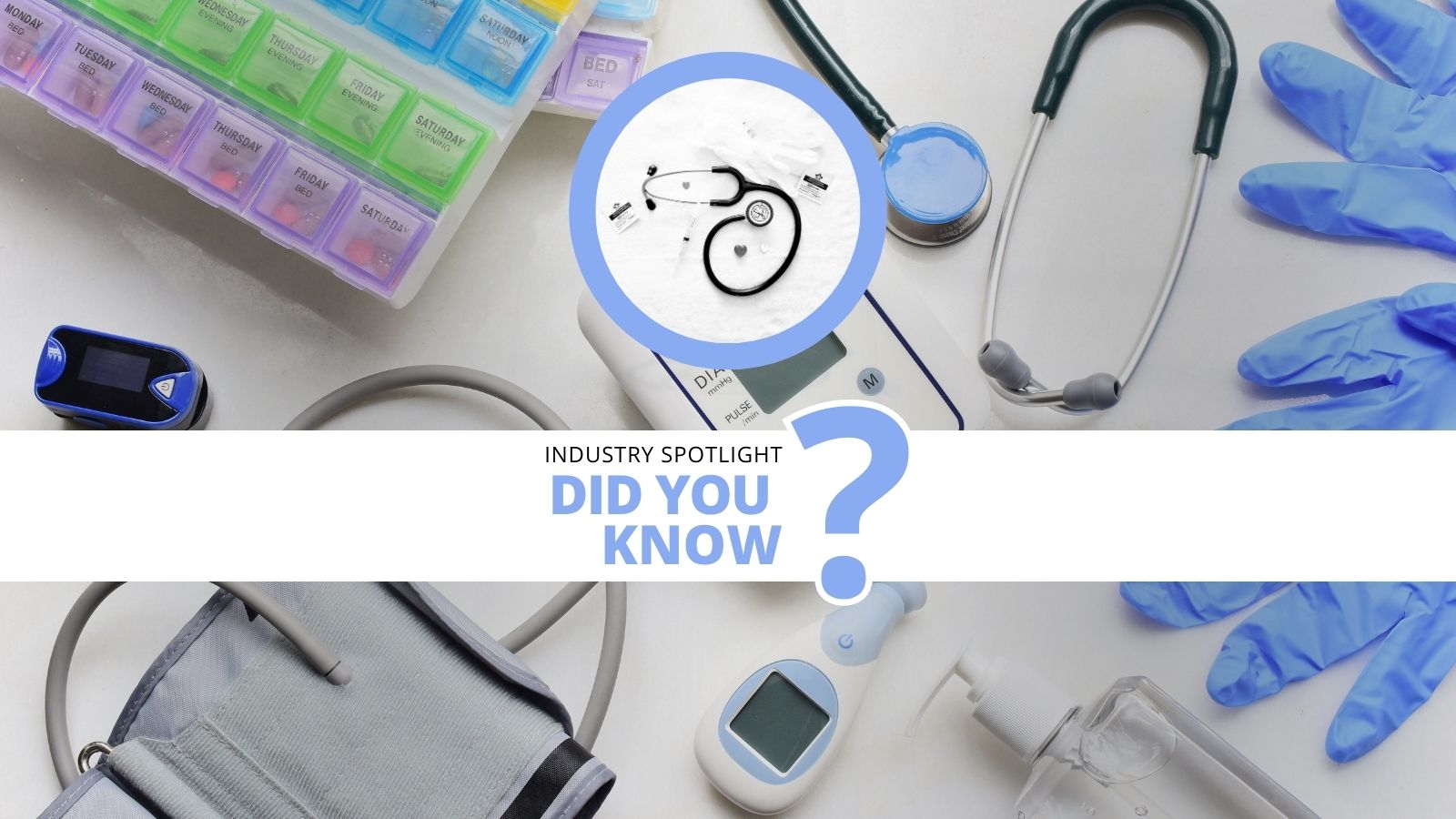A Guide to Successful Real World Evidence Implementation

Real-world evidence (RWE) holds immense potential in enriching clinical data, lowering reimbursement barriers, reducing patient burden, and cutting costs. However, before reaping the benefits of RWE, the industry must address several challenges. We explore how these challenges can be overcome to achieve successful RWE implementation.
Identifying Data Recipients
Start by identifying the recipients of the data you intend to collect. Understanding your audience's concerns and preferred data consumption methods will shape your real world evidence plan. This may involve independent analysis or collaboration with key opinion leaders. By tailoring your approach to the recipients, you can enhance the influence of your data.
Understanding Data Gaps
Understanding the gaps in your data is crucial for targeted improvement. Collaboration between market access, commercial, and clinical teams is critical in identifying market conditions, competitors, and patient experience deficiencies. By mapping your current data to market opportunities, you can pinpoint areas where additional data is needed.
- Unlocking Insights: The Challenges and Future of Multi-Omics Data Integration
- “When Data Lakes Become Data Swamps”: Avoiding the Pitfalls of Data Regret by Implementing a Connected Data Ecosystem
- Big Data Workplan for 2022 to 2025
Prioritising Data Acquisition Opportunities
To bridge data gaps effectively, brainstorm various methods such as preclinical modelling and registry studies. Prioritise the most feasible and high-quality options. A graph-based approach can help focus efforts on ideas with the highest potential.
Thinking Through Delivery
Bringing your RWE initiative to life requires careful planning. Involve the necessary functions internally to ensure sufficient expertise. Essential functions to include are commercial, medical, clinical, market access, digital, and regulatory teams. Facilitators can establish productive conversations and decision-making processes.
Internal Competencies or Partner Engagement?
Assess whether your organisation possesses the necessary competencies in-house to address your RWE strategy. If data gaps are likely to recur across multiple drugs in your pipeline, investing in internal competencies and data modelling platforms may be worthwhile. However, partnerships can also be valuable, especially when the speed of execution is crucial.
Checking Yourself: Constraints and Iteration
Check for key constraints that may impact your RWE initiative. Market dynamics, financial limitations, and organisational capacity are important factors to consider. Revisit and iterate on your real world evidence strategy canvas to ensure focus and feasibility in light of constraints.
Building a successful RWE initiative requires asking and answering the right questions. By considering direction, collaboration, data recipients, data gaps, delivery, internal competencies, and constraints, organisations can chart a clear and achievable path to leveraging RWE.
Get your weekly dose of industry news and announcements here, and keep up to date with the latest ‘Industry Spotlight’ posts. For other PharmaTec content, please visit the PharmaTec Content Portal.
Want to find out more about the innovations happening in pharma data? Join Oxford Global’s annual Pharma Data & Digital Medicine event today. This 2-day conference brings together a panel of prominent leaders and scientists, sharing new case studies, innovative data, and exciting industry outlooks.





.png)

